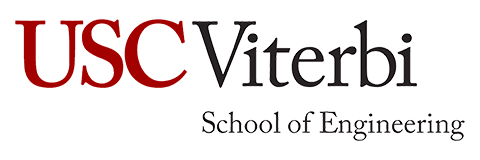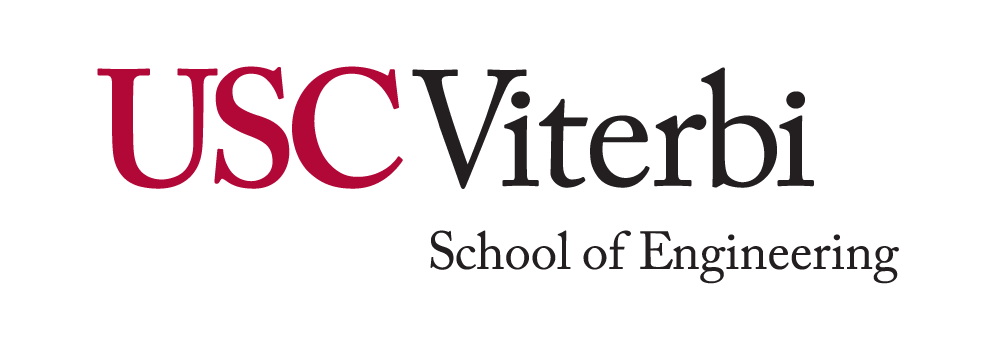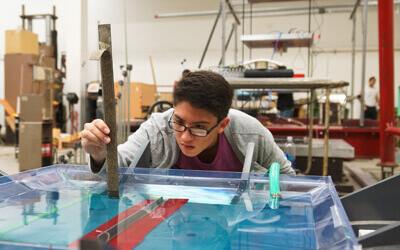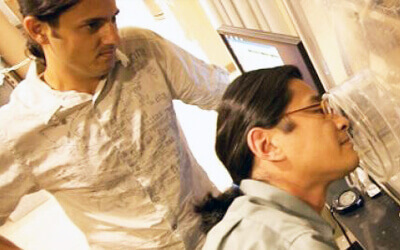Cooperation has been a key factor in human survival and success as a species, with sources ranging from biology, to anthropology, to economics. But how far back does this track?
USC Kanso Bioinspired Motion Lab led by Eva Kanso, Zohrab A. Kaprielian Fellow in Engineering at USC, studies the flow physics of living systems. The lab’s latest paper in Nature Physics, produced in collaboration with researchers from the Marine Biological Laboratory and Emory University, investigates the hydrodynamics of Stentor – an ocean-dwelling, trumpet shaped, single-celled ciliate. It turns out that this microorganism holds a clue to the origins of cooperative behavior, taking us back to the first signs of life 4 billion years ago.
“The first challenge for single-celled organisms is to figure out how to get nutrients to feed and to stay alive,” said Kanso. “An important step towards multicellularity, which is associated with benefits such as enhanced nutrient uptake, was the formation of colonies of unicellular organisms. Our team wanted to discover the initial drivers that favored the development of those colonies.”
In the case of humans, the formation of groups is often prompted by the need for shared resources – from stopping by a neighbor’s house for a cup of sugar, to the complex networks of barter that sustain urban informal communities. Among groups of cells, the principle is similar. In this case, the motivation is mediated not by conscious intention, but by flow physics.
“When Stentor forms colonies, the single cells gather together in a form that looks like a bouquet of flowers,” said Kanso. “At this colonial stage, each cell is able to draw fluid to its surface and bring food with that fluid. This interaction benefits the entire colony, and we see the weaker members benefitting more than the stronger members.”
Kanso notes that we wouldn’t be surprised if these findings were based on observations of human behavior. But it’s all the more extraordinary that comparable dynamics of group formation are demonstrated among organisms without a brain or a nervous system.
“Stentor can live on their own, but they select to cooperate,” Kanso continued. “That isn’t the case with all cases of colonial existence, but here we see that there is a hydrodynamic advantage to all when it comes to increasing their feeding.”
Using mathematical modelling and experimental data, USC Kanso Bioinspired Motion Lab and Marine Biological Laboratory, demonstrated that flows generated by individual Stentor reach higher velocities when acting together, enabling access to a wider range of resources than individuals acting on their own. Those with slower solitary currents gain more from partnering than those with faster currents, and colonial organization in simple unicellular organisms is beneficial for all members overall.
The findings have important implications for the fields of flow physics and evolutionary biology, as well as intriguing parallels with human life. It just goes to show – if we attend to our origins, we might find the clues to how we thrive in the future.
Read the paper in Nature Physics here.
Published on April 8th, 2025
Last updated on April 8th, 2025







